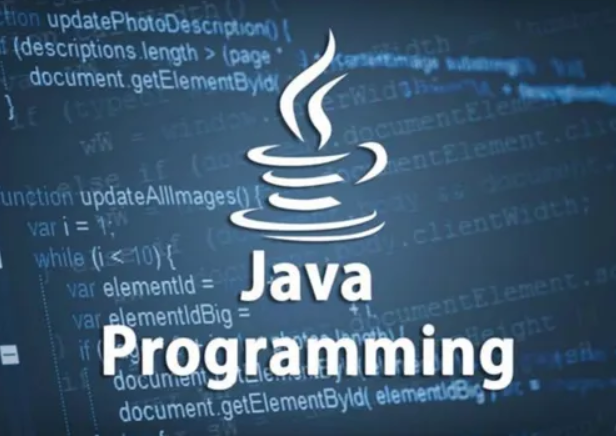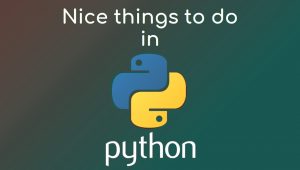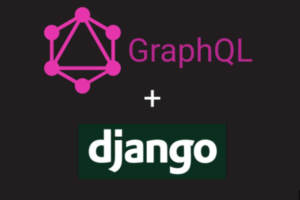Java Full Stack Development refers to the process of developing web applications using the Java programming language for both the front-end (client-side) and back-end (server-side) components. In a Full Stack Java development scenario, developers are responsible for building the entire application, including the user interface, business logic, and database interactions.
Here is an overview of the different components involved in Java Full Stack Development:
- Front-End Development:
Front-End Development involves creating the user interface and designing the visual aspects of the application. In Java Full Stack Development, front-end technologies like HTML, CSS, and JavaScript are commonly used. Java developers often use frameworks such as JavaServer Faces (JSF), Thymeleaf, or JavaFX to build dynamic and interactive web interfaces. - Back-End Development:
Back-End Development focuses on the server-side implementation of an application. Java is widely used for back-end development due to its robustness and extensive ecosystem. Java frameworks such as Spring Boot, JavaServer Faces (JSF), Play Framework, or Java EE (Enterprise Edition) provide tools and libraries to build scalable and efficient server-side applications. Back-End development also includes handling data storage and retrieval, integration with external services, and implementing business logic. - Databases:
Databases are essential for storing and managing data in an application. Java Full Stack Developers work with various databases, such as MySQL, PostgreSQL, Oracle, or MongoDB. They use Structured Query Language (SQL) or Object-Relational Mapping (ORM) frameworks like Hibernate to interact with the databases. - APIs and Web Services:
Java Full Stack Developers often need to integrate their applications with external services or provide APIs (Application Programming Interfaces) for other applications to interact with. They use technologies like REST (Representational State Transfer) or SOAP (Simple Object Access Protocol) to create web services and facilitate communication between different software systems. - Deployment and DevOps:
Full Stack Developers need to understand the deployment process and ensure their applications are ready to run in production environments. Knowledge of DevOps practices, version control systems (e.g., Git), build automation (e.g., Maven or Gradle), and containerization technologies (e.g., Docker) is valuable for efficient deployment and maintenance of Java applications.
Java Full Stack Development offers a comprehensive skill set, allowing developers to work on both the front-end and back-end aspects of an application. It enables them to build robust, scalable, and maintainable web applications using Java and related technologies.



